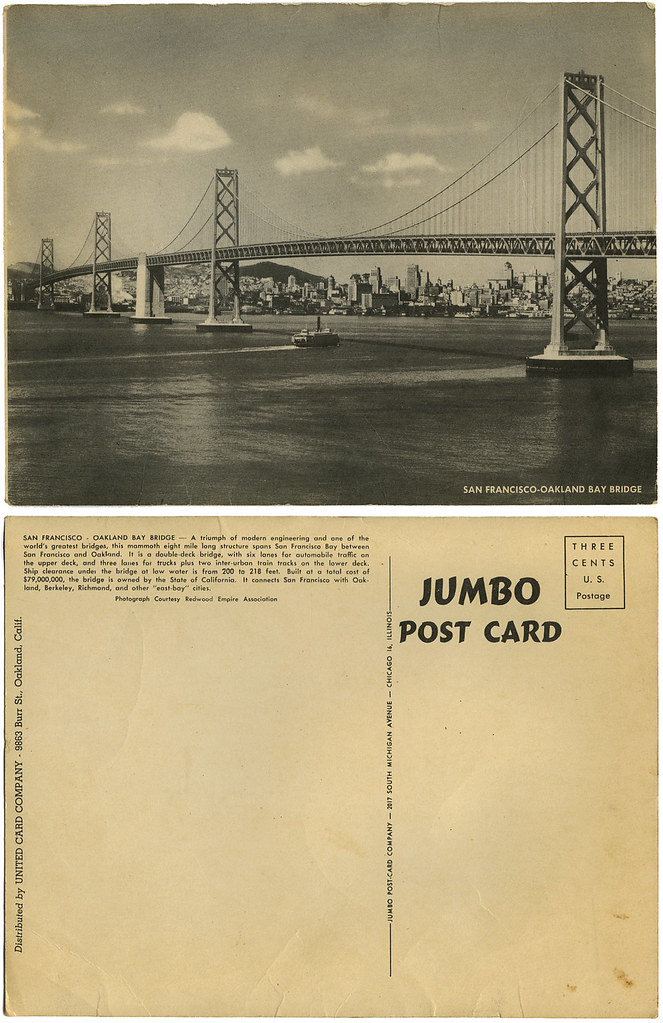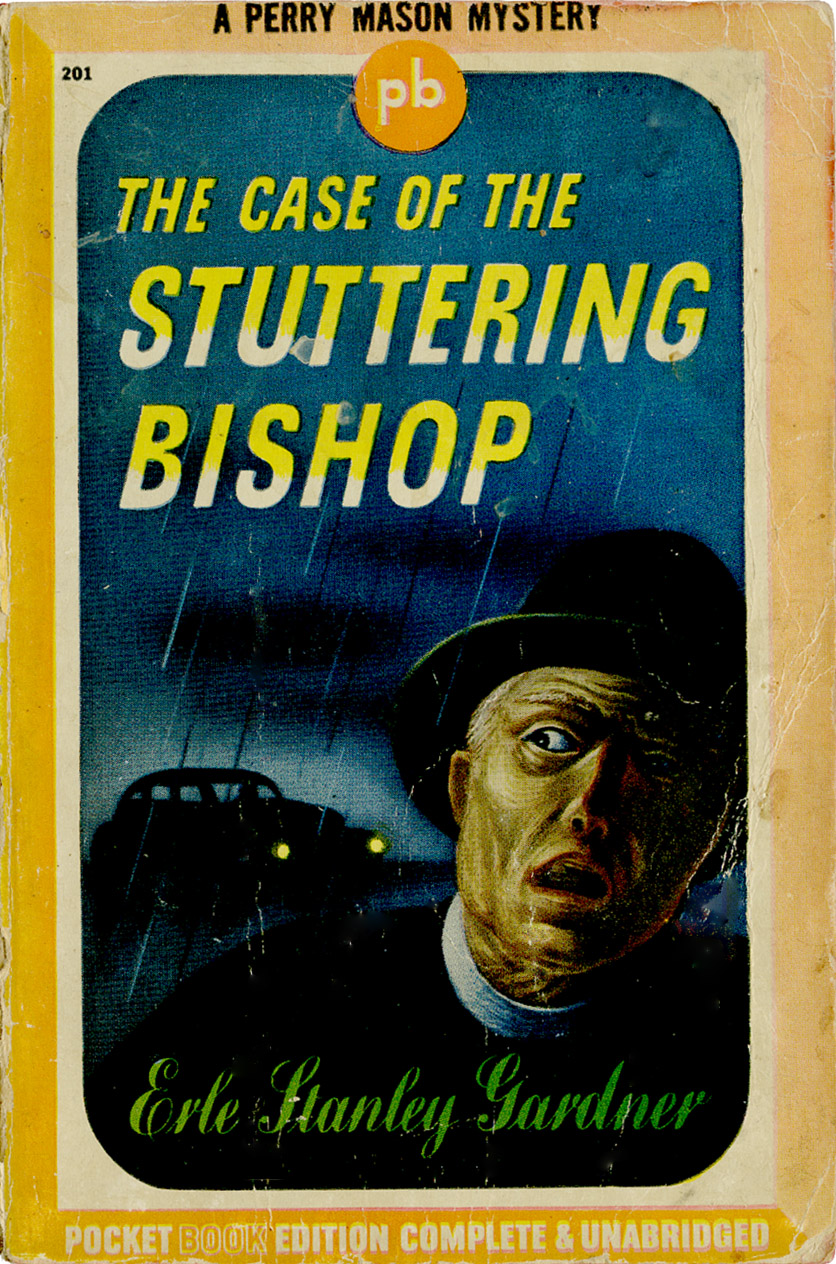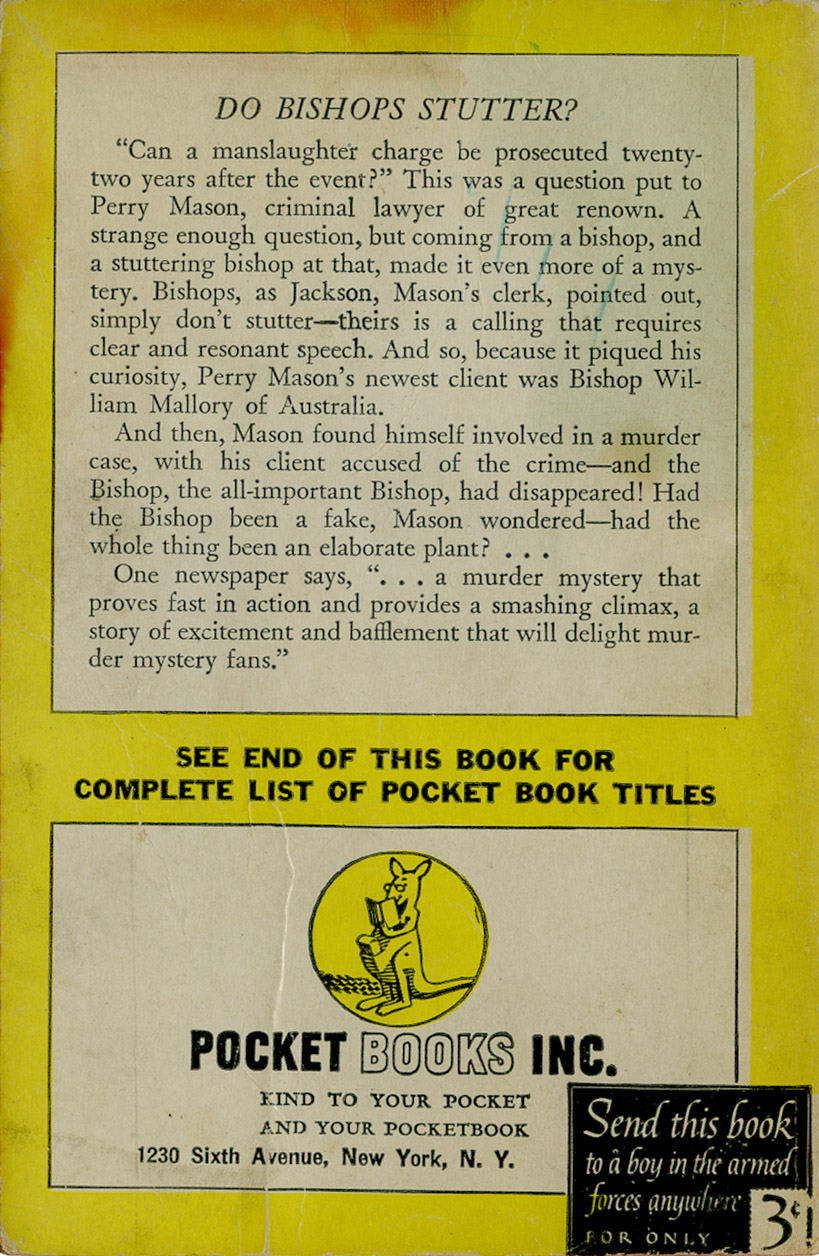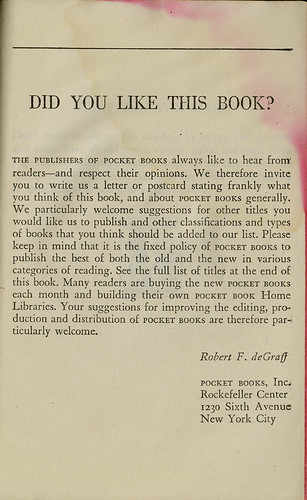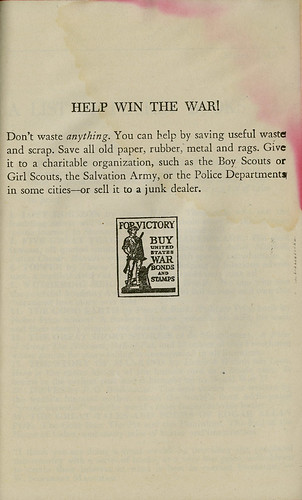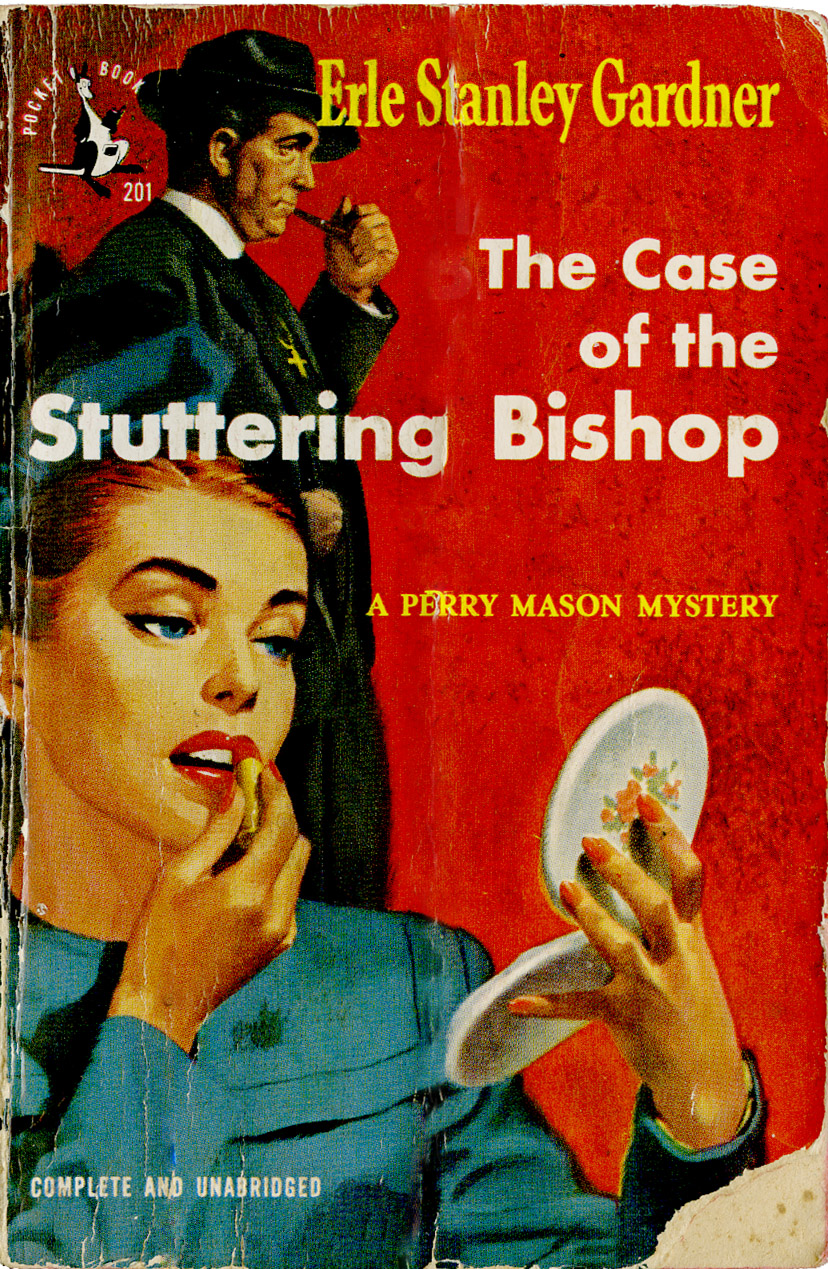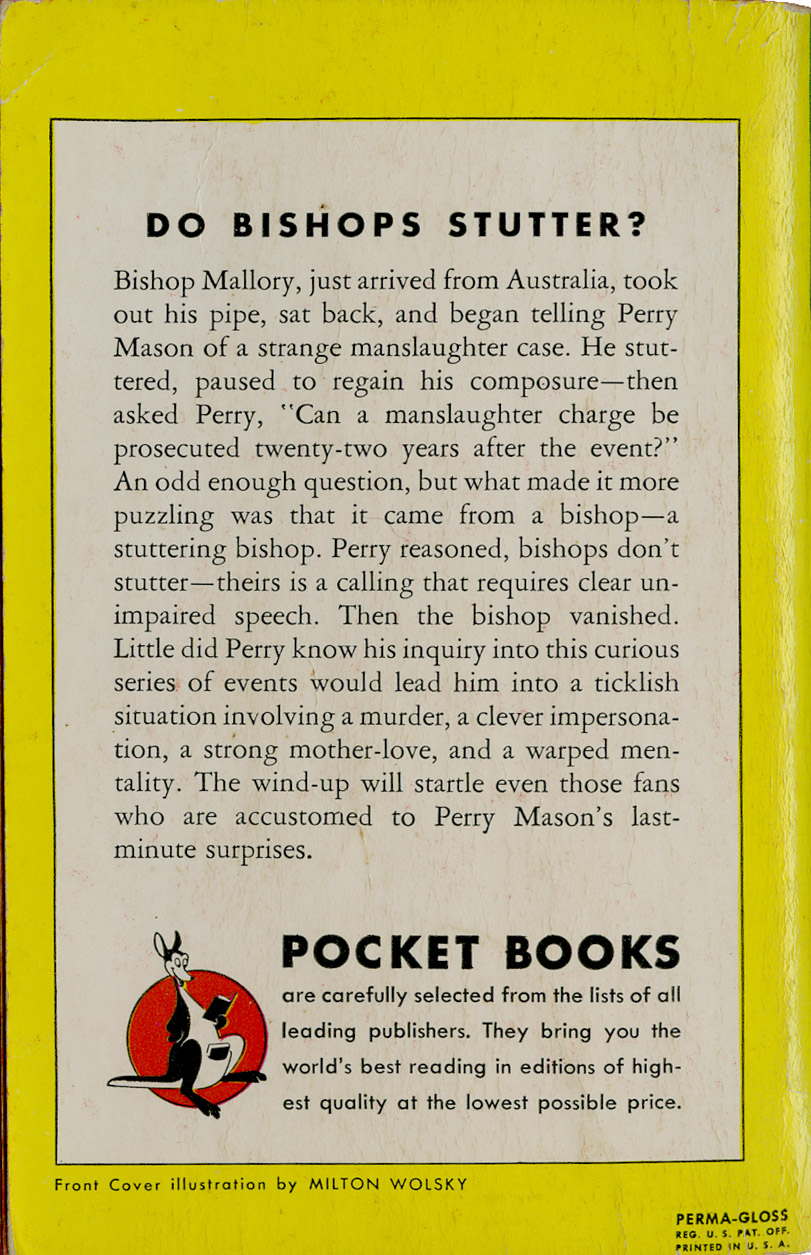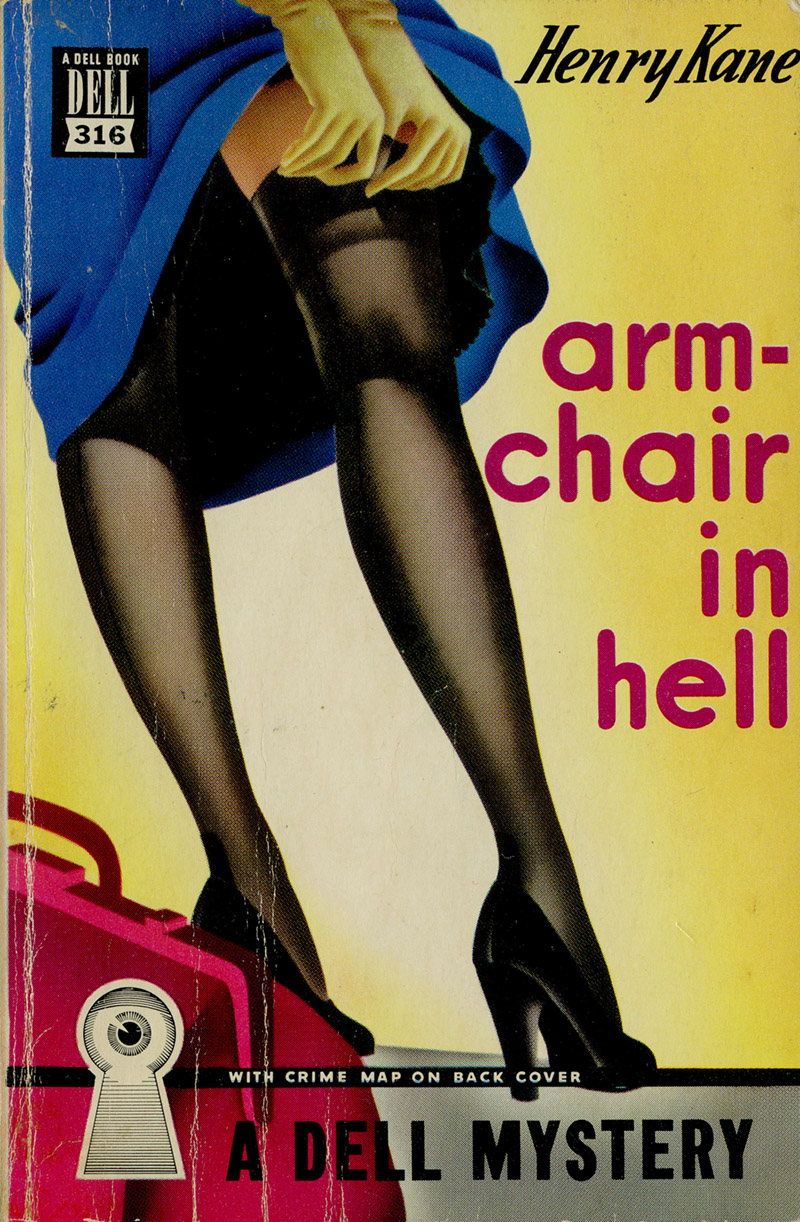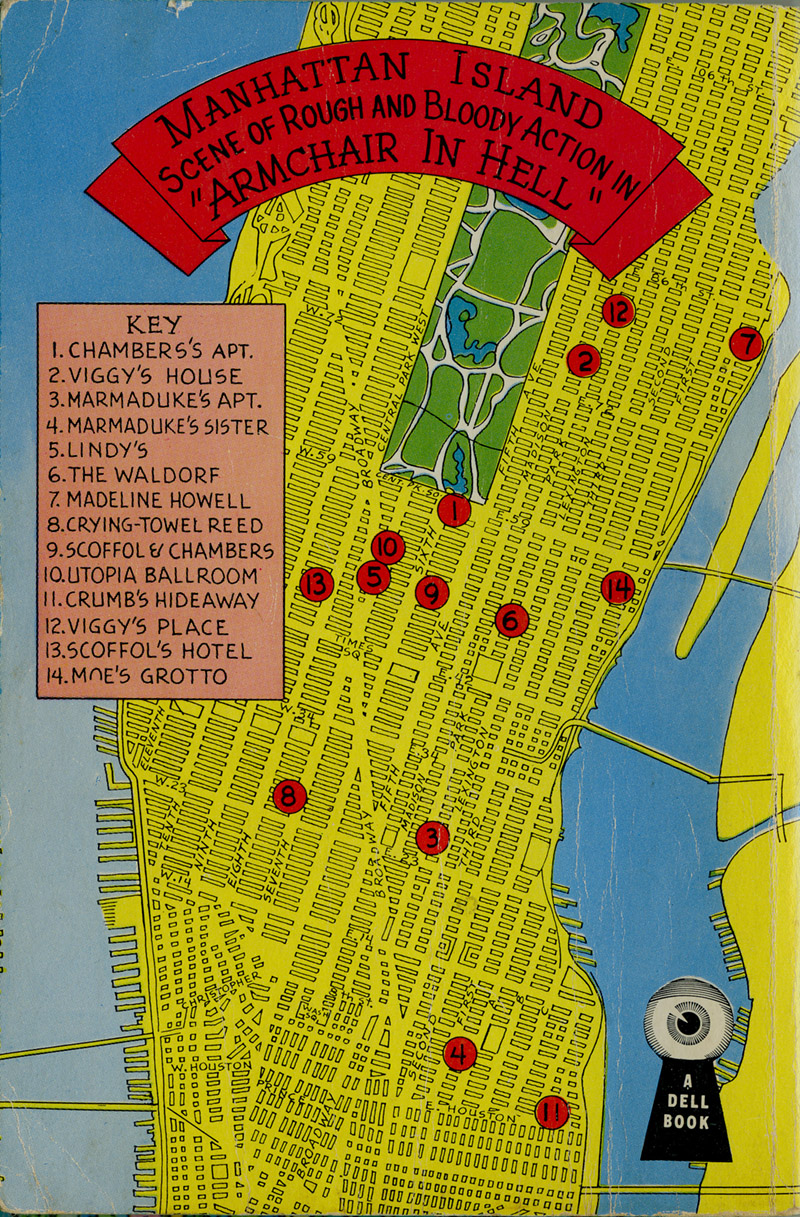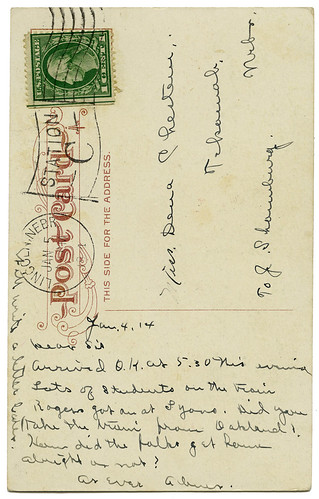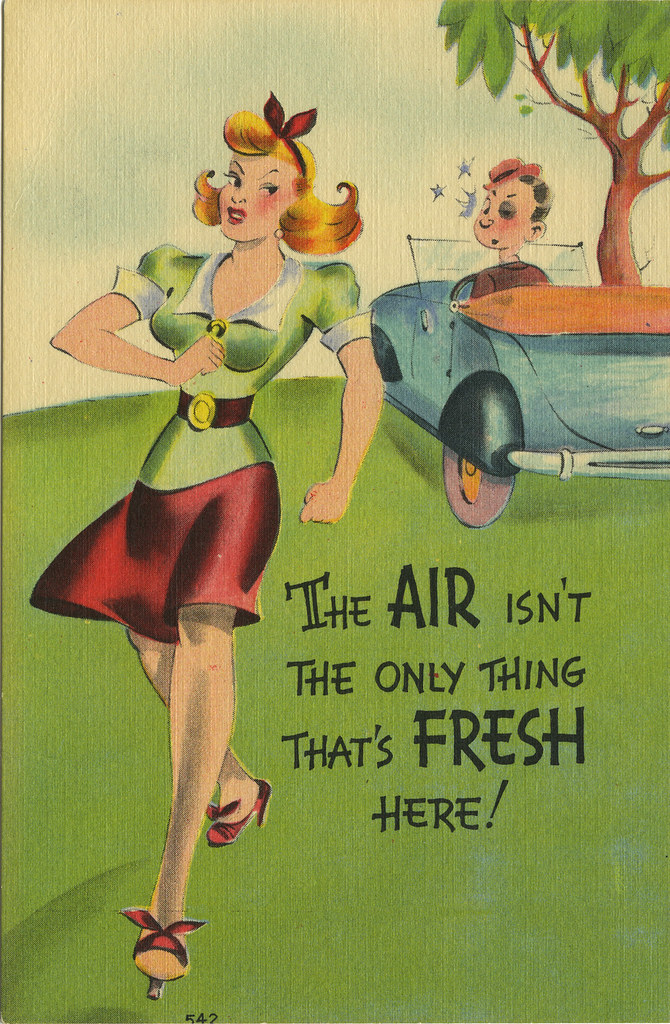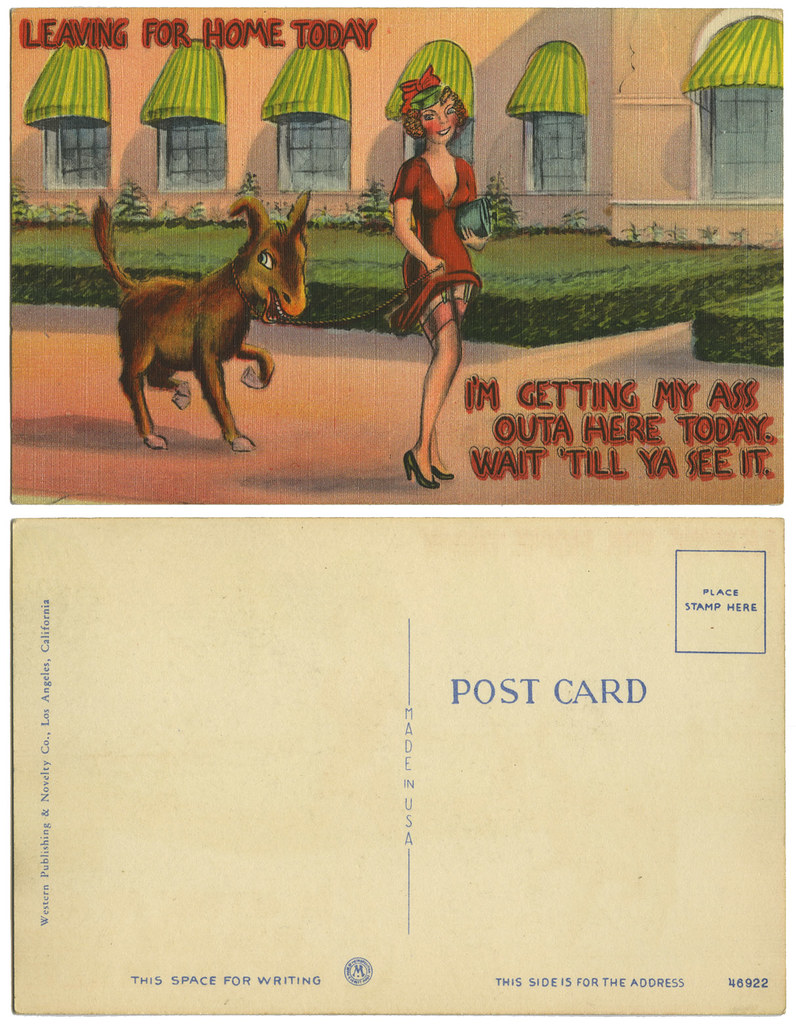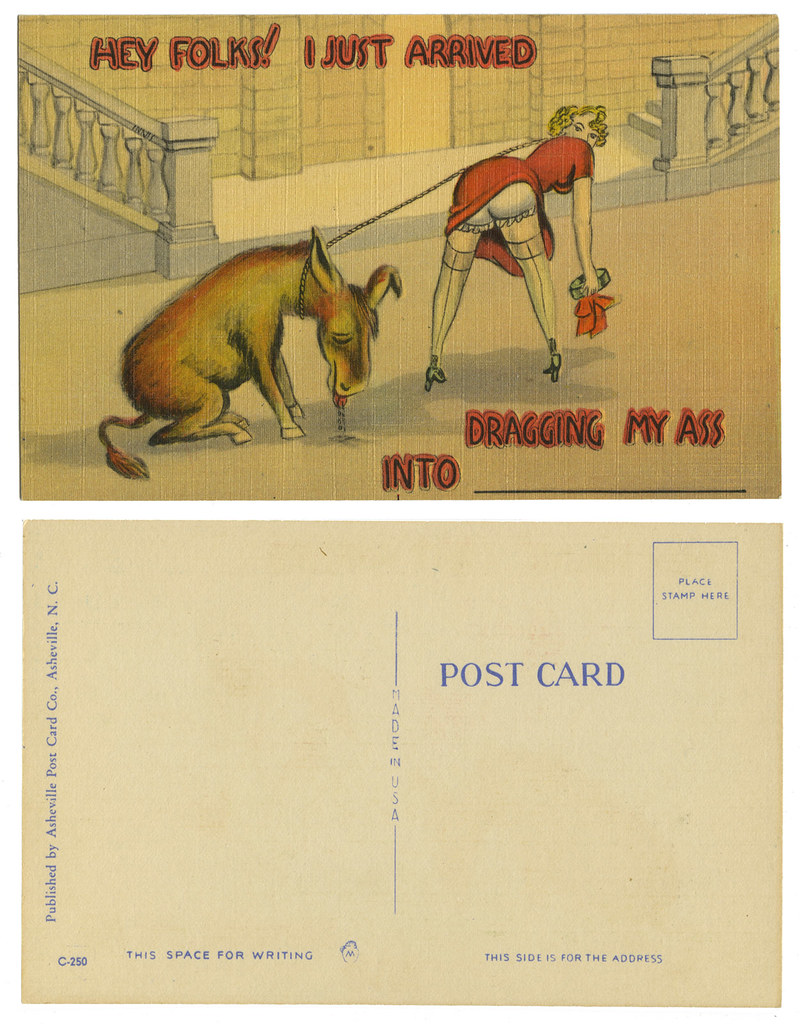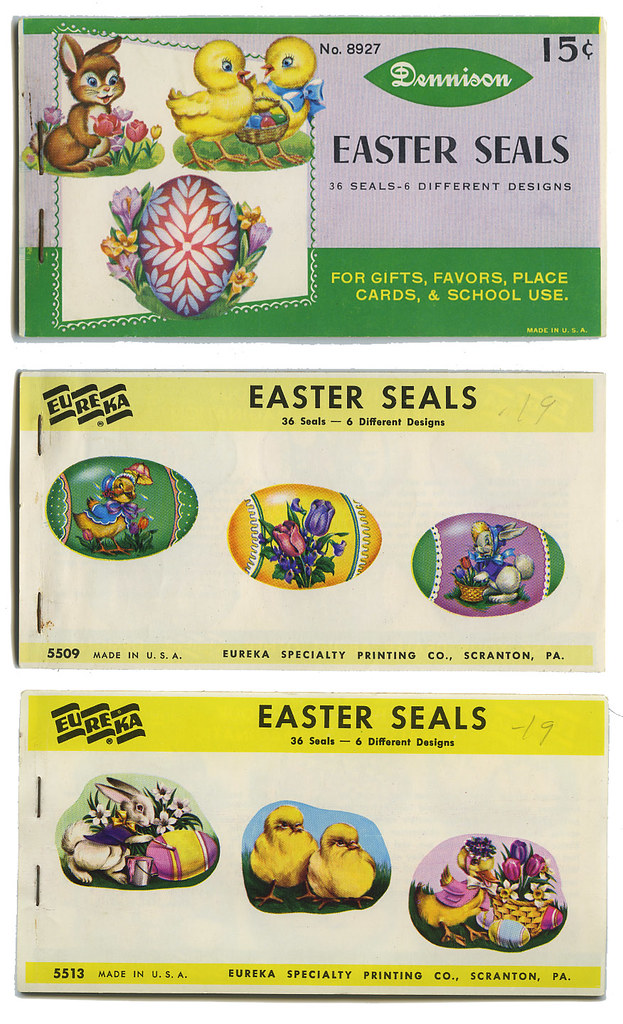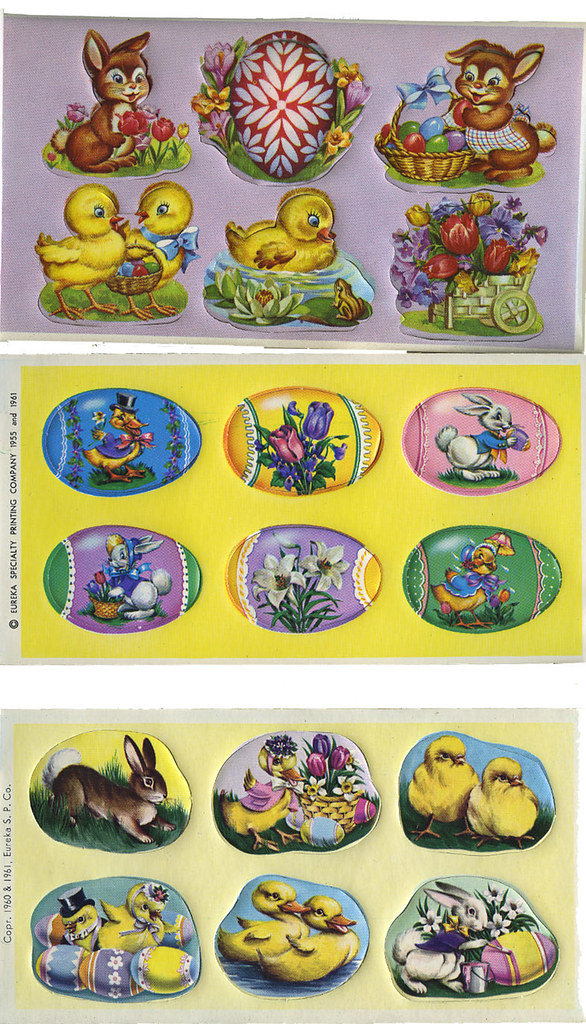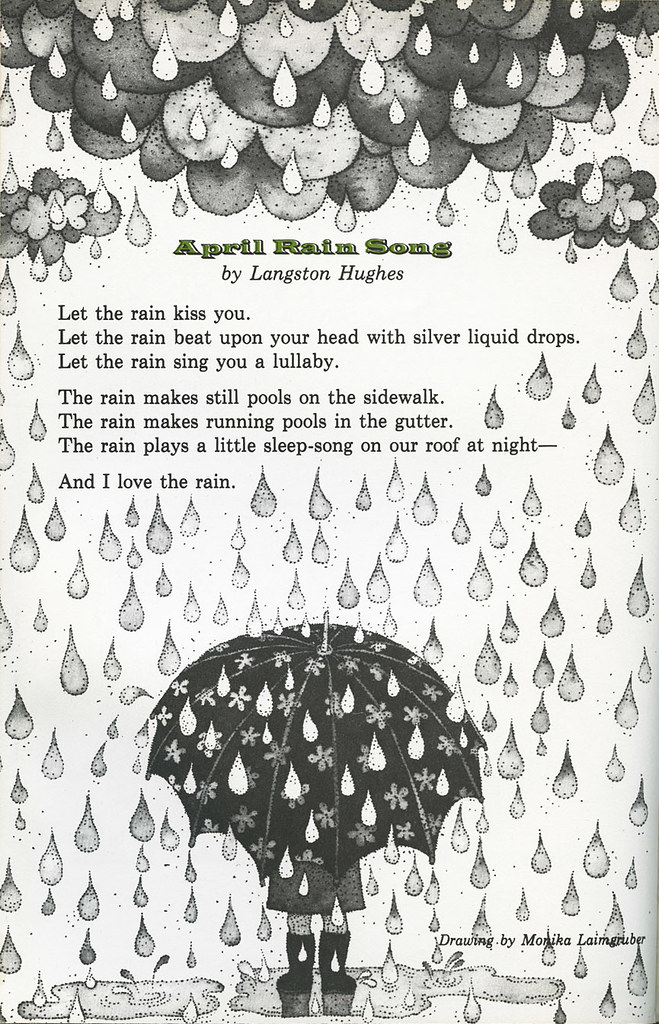My hands have reached the point where they show my age. Oh, heck, my whole being shows my age. Somedays I look 80+ and feel it. Other days, if the light catches me just right in a store window I look...who am I kidding. I look old. My mind is still 12, but my body and brain apparently aren't keeping in touch anymore. I'm lucky that my face isn't lined and there are no bags under my eyes. But oyyyyyyyy, some days...my hands. I look down and think, "Who do these belong to?" There's a whole Creature from the Black Lagoon thing going on when I notice them.
Well, let us step back in time to 1942 with the following ads, both from the March
Cosmopolitan with
Lana Turner on the cover.
(What did Lana do when her hands started looking old?) Click on image to see it larger.
Click on image to see it larger.Jergens Lotion. The company is still in business. I have a little travel size bottle that's been around since probably the 1960s or '70s that still contains lotion, still with the same nice fragrance. I keep it in the cupboard with all my old tins and various vintage packaging. But then there's this ad:
"Jergens Lotion smooths on in a jiffy--never feels sticky."
Was this a serious problem back in the '40s. Was there a need for jiffy lotion? Did other lotions take an interminable amout of time to apply? I get the whole "never feels sticky" part, but the jiffy part? I guess I've just never felt that hand lotion was taking up too much precious time.
I love the way they're trying to convince woman with short stubby fingers that Jergens will solve their problem. No, it won't miraculously elongate your fingers but...
"Rather short fingers indicate a capable hand. And this "achieving" hand can be romantic, too."
Well, that's good to know because seriously the only thing that comes to mind with short fingers that are achieving is milking a cow. Good farm hands is what they're saying. You can have good farm hands and still there's a guy out there for you. Which brings me to the next product...
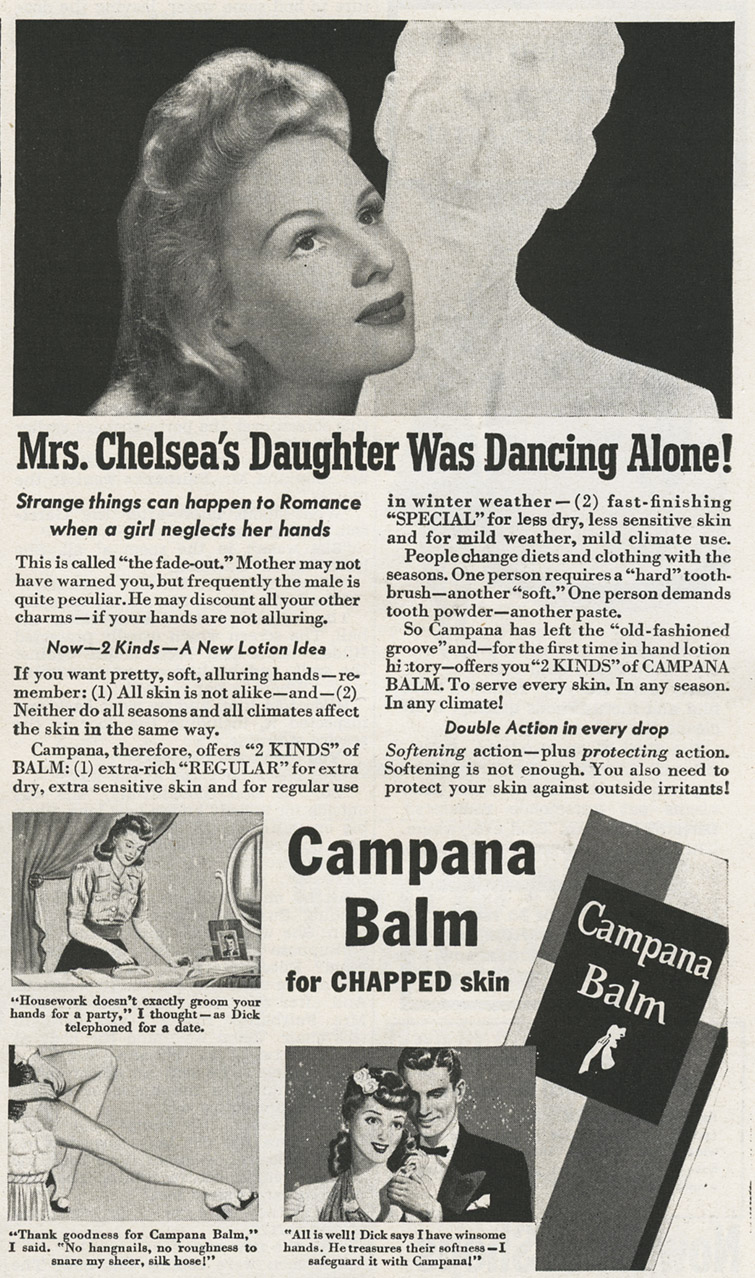 Click on image to see it larger.
Click on image to see it larger.Campana Balm. I don't know why, but whenever I hear the word "balm" I think of a cow's udder. Perhaps it's because I still have some old Watkins products from the 1930s when my paternal grandfather was a Watkin's dealer. I know on one of the tins it says something about udders. The product was good for humans and cow udders. It was a balm. I shall not mention udders again in this post. I'm through with udders. There, I just said it again.
"Strange things can happen to Romance when a girl neglects her hands. This is called "the fade-out." Mother may not have warned you, but frequently the male is quite peculiar. He may discount all your other charms--if your hands are not alluring."
Okay, seriously? I needed Campana to tell me "frequently the male is quite peculiar"? And today, with everyone and their mother figuring they could write a screenplay "fade-out" just means a transition from one scene to the next. I never knew it was what you called the situation when the guy never calls back. I've experienced enough fade-outs. Perhaps it was because I didn't have "winsome hands." Yes, that's what it says below the last image panel.
"All is well! Dick says I have winsome hands. He treasures their softness--I safeguard it with Campana!"
Here's the deal. Campana Balm used to be called Italian Balm until WWII came along. Then people didn't like Italian things so much. You know, it was like...fogetaboutit. So they changed their products name to Campana after the Canadian doctor who invented it. Okay, that makes sense...but why was it originally called Italian Balm? Have no idea, but here's a little bit of history about the company. All signs lead to Dow Chemical:
The Campana Company began business in 1927. The imposing building at the northwest corner of Fabyan Parkway and Rt. 31 was built to house the Corporation in 1937. In it was manufactured the popular product, Italian Balm, a hand lotion and a number of other feminine products. During World War II, when Italy was an enemy of the United States, Ernest Oswalt, the company's founder, changed the name of his balm to Campana Balm after the Canadian doctor from whom he had purchased the formula.
The unique Campana Building, designed by architects Frank D. Chase and William James Smith, is an all-steel frame building with glass blocks and bricks used extensively in the design. Inside the lobby are Deco bathing ladies that can be seen through the second-level windows. The Campana Tower is a landmark in the valley and encases a 45,000 gallon water tank used for water circulation for air conditioning and fire sprinklers.
In June 1962, Campana Corporation became a member of the Purex Corporation of California, a subsidiary of Allied Laboratories. In 1960, Allied merged with Dow Chemical Company. The company's products continued to be made in Batavia until operations were eventually moved to other facilities out of state.
Ernest Oswalt was one of the first entrepreneurs to see the value of media advertising. He used newspapers, magazines, billboards, and radio to get his message out. Oswalt hired Florence Ward, a fiction writer who lived in Batavia, to write radio scripts for the company's famous "First Nighter" radio program. Italian Balm was introduced nationally through this show. The program was a fixture on radio in American homes for twenty-two years.
(SOURCE: Batavia Historical Society)
Okay, what other "feminine products" did they make? I'm sorry, but my first thought when I read this is Italian sanitary napkins. What exactly would have set apart Italian sanitary napkins from those made by other companies? Make up your own jokes here, I'm not touching it.
So, what have we learned the last two days?
1. Massage your gums if you want to get people applauding when you play the piano.
2. If you've got bad breath you might want to buy yourself a nice headstone.
3. If you're short on time buy Jergen's products.
4. If you don't use Campana Balm you might end up like Billy Idol "Dancing with Myself."
Let's see...which body part to worry about next?
One last thought...if an Italian has dry hands does it impede their ability to talk? I'm just askin'?

